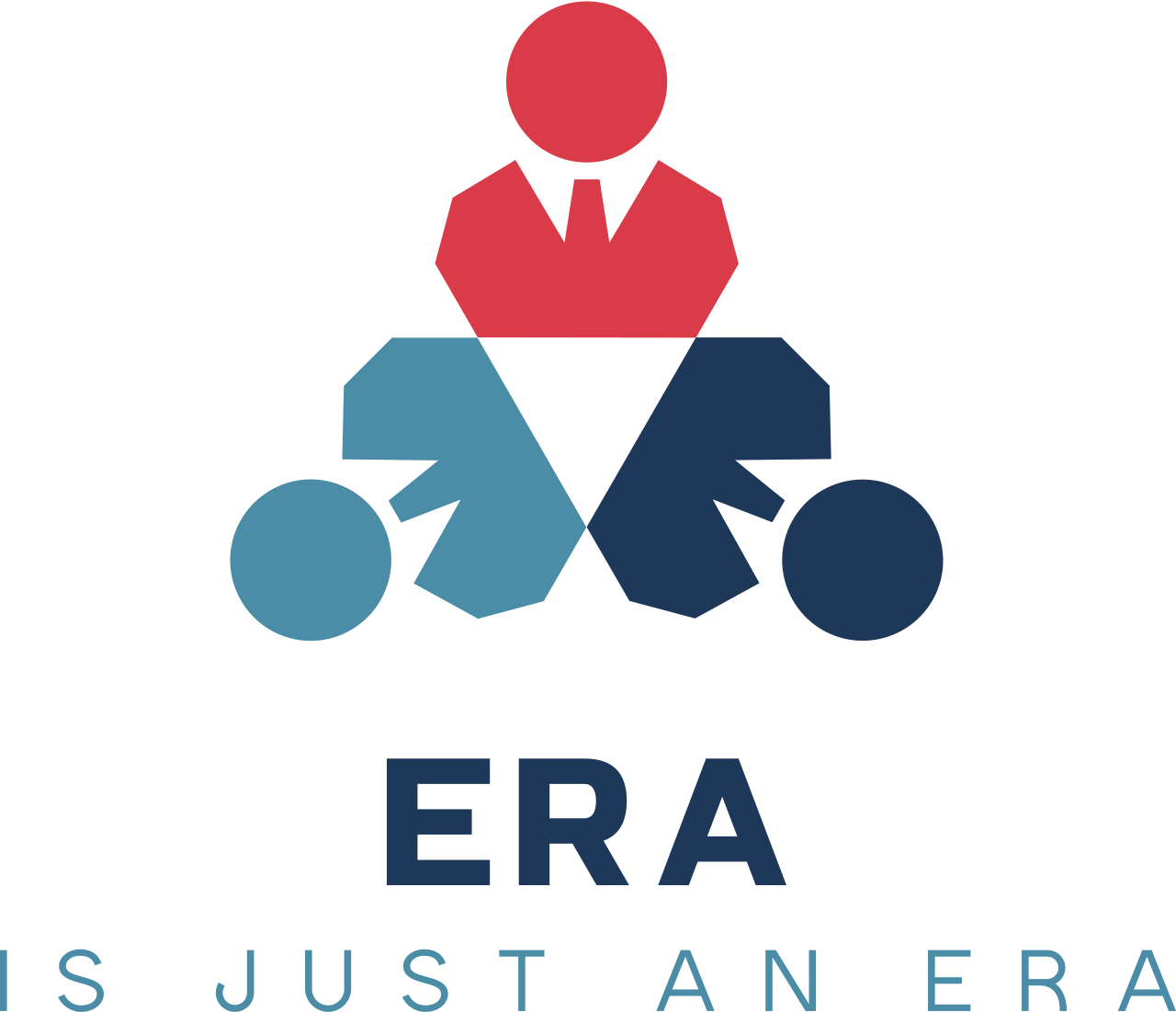- 20.03.2025
Historical Perspectives on Women's Head Coverings: From Ancient Traditions to Modern Interpretations
If we consider the answer through the prism of various social, legal, and cultural practices established in ancient societies and developed over the centuries, a particular perspective emerges. For instance, in the culture of the Near East during the time of the apostles, there was a tradition in which the sign of a woman's married status was expressed through wearing a scarf: a woman adorned with a head covering was already married, whereas an uncovered head was associated with maidenhood. This phenomenon was not confined to Christian circles, as similar views were held by the Jews, for whom an uncovered head was also regarded as a sign of maidenhood. As noted in one of the sources:
